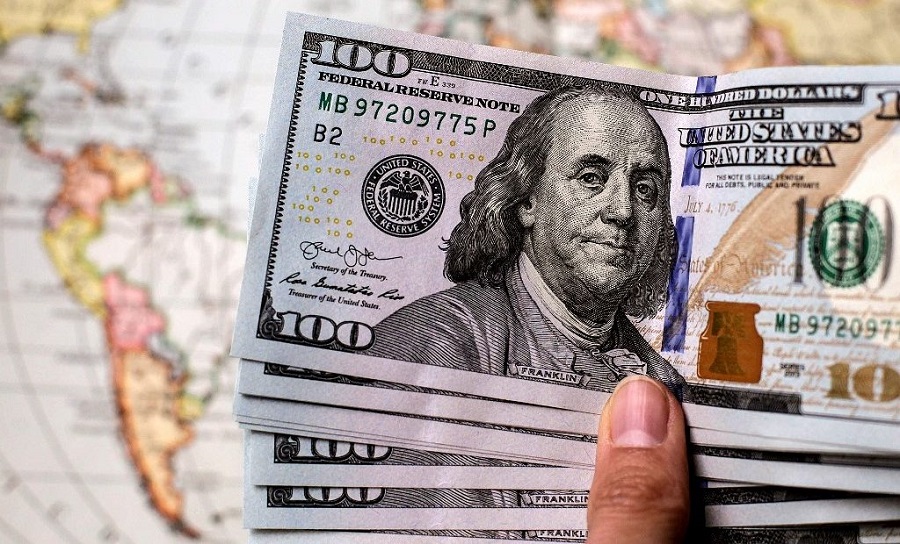RIO DE JANEIRO, BRAZIL – Foreign direct investments in Brazil totaled US$2.5 billion (R$14 billion) in October, a drop of 44% compared to September. The data were released by the Central Bank (BC) on Thursday, November 25.
The figure fell short of the Central Bank’s forecast for the month, of US$4 billion.

In the 12 months through October 2021, a net inflow of US$49.2 billion in direct investments was recorded. “With these US$2.5 billion [in October] direct investment in Brazil fell [in the year-on-year comparison].
In the past 12 months it fell and remained below the 12 months through September [US$49.9 billion],” stressed the head of the Central Bank’s statistics department Fernando Rocha.
In the period, US$3 billion were invested in Brazil by shares in the capital of companies, when the foreign parent company injects funds in exchange for a slice of the local business. Under this modality, the remuneration for the investing company is based on the distribution of profits.
On the other hand, inter-company loans, when the parent company grants credit to its Brazilian subsidiary, registered a net outflow of US$547 million. In this case, the foreign company’s returns are paid in fixed installments with interest over a specified period.
Direct investments are made by companies that prefer to establish a medium- and long-term relationship with a country, so they are less volatile than financial investments, such as buying stocks or government bonds.
For November, the Central Bank projects an inflow of US$3.9 billion in this modality. According to partial data for the month, as of last Monday, investments of this type totaled US$2.7 billion.
The inflow of these investments in the country was impacted by the pandemic. With the crisis, investments of this kind plummeted in 2020, compared to the previous year, the volume fell by half. In total, US$37.8 billion (number revised by the Central Bank) were invested in the country in the period, compared to US$69.1 billion in the previous year. This is the lowest level since 2009, when US$31.4 billion were invested.
This month the Central Bank adjusted data for 2020 and 2021, based on the foreign capital census.
The trend is for a rebound in 2021, but the modality should still fall short of the level recorded before the health crisis.
The flow of foreign investment into the Brazilian stock market, investment funds and public bonds was positive in October, with net inflows of US$1.5 billion, after a negative result in September.
US$802 million were invested in government bonds and US$655 million in stocks and investment funds. In the 12-month period, the result was a positive US$38 billion. This type of investment typically drops in more turbulent months because it is very sensitive to temporary crises and political turmoil.
With the easing of restrictions and the advance of Covid-19 vaccination, Brazilians’ spending on international travel increased in October and stood at US$530.9 million, US$57.2 million above September. “The figure is still far below the pre-pandemic time, but it has been growing on a monthly basis,” Rocha pointed out.
In October 2019, Brazilians spent US$1.5 billion abroad, for instance. Despite the improvement, the high dollar, fear of infection, and restrictions still in place are still impacting international travel. “There should be a gradual recovery,” stressed the BC technician.
In turn, foreign tourist spending in Brazil is growing at a slower pace. In October, it was US$265.8 million, US$29.5 million more than in the previous month. According to the Central Bank, there was a US$4.5 billion deficit in the foreign accounts in October. In the 12-month period, the result was negative by US$26.7 billion. The Central Bank’s projection for November is for a US$7.8 billion deficit in current transactions.
The trade balance posted a positive result of US$1.3 billion in the month. Exports came in at US$22.8 billion, up 27.8% over the same period last year. Imports totaled US$21.5 billion, up 52% in the same comparison.

